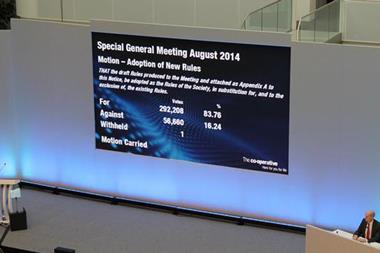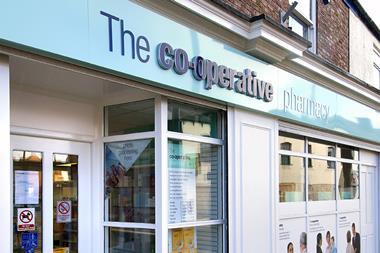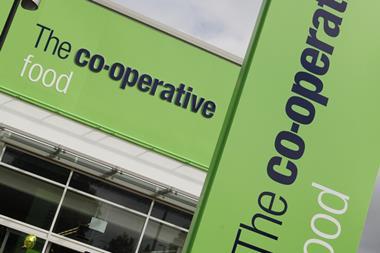Last week, The Co-operative Group laid out its proposals for the reform of its corporate governance - a process described by chair Ursula Lidbetter as “built on co-operation, focusing above all on creating a society where every member has a voice in shaping the group’s future.”
What’s the current structure?
The Group currently has a group board of 18 people - group chair Ursula Lidbetter, three CEOs from independent societies and 14 elected member directors from the society’s seven regional boards. Member directors are elected to the board from seven regional boards. The regional boards vote on behalf of members in their region.
New Group board
11 group board members, including:
1 independent chair
5 non-independent non-executive directors
2 executive directors
3 member-nominated directors
What is it proposing?
The Group wants to slash the group board to 11 - made up of an independent chair, five independent non-executive directors, two executive directors - including the new CEO and most likely the chief operating officer (the role to be adopted by current interim CEO Richard Pennycook) - and three ‘member-nominated directors.’
Under the group board will be a 100-strong membership council, similar to the partnership council at John Lewis, “with the power to hold the group board to account.”
It also wants to create a senate of about 10-15 members “to act as a nexus for interactions between the council, the board, the executive and members.”
How does this differ from the proposals put forward by Lord Myners in his review earlier this year?
The decision to include three member-nominated directors is the big difference. Myners recommended a group board made up of an independent chair, six to seven non-execs and two executive directors. He was firmly against member-nominated directors on the board because, he said, it was “akin to insisting Manchester United should field a side that included at least three players from Rochdale FC.”
The Co-op is understood to want them on the board because some in the society believe it is not only historical, but also necessary for the society to function as a co-op. In fact, members have only been on the board since 2000.
To calm Myners’ fears, and to avoid a repeat of last year’s Paul Flowers scandal, the Group insists all board directors “will be expected to meet the high standards of competence commensurate with the needs of a business of the scale and complexity of the group.”
Isn’t this all a bit complicated?
Pennycook admits there is some complexity, but far less than a plc. “The plc model of ownership is very disparate with institutions holding 1%-2% shares,” he says. “You have to traipse around the City to find out their disparate views. With the membership council, there will be a clear voice, democratically elected from the membership. So instead of having to hold lots of one-to-one meetings, there will be one big engagement.”
Will members get a greater say in how The Co-op Group is run?
Yes. Also recommended by Myners, the new structure will see The Co-op Group move to ‘one member one vote.’ All members will be able to vote on matters concerning the society, including “the election of directors, significant transactions, to participate in society meetings and representation at national and local levels.” The council will have a maximum of 100 members made up of individual members, independent society members and Group staff. It will be led by a president who will be elected for a two-year term.
What happens next?
Members will vote on the proposals at a special general meeting on 30 August.



















No comments yet